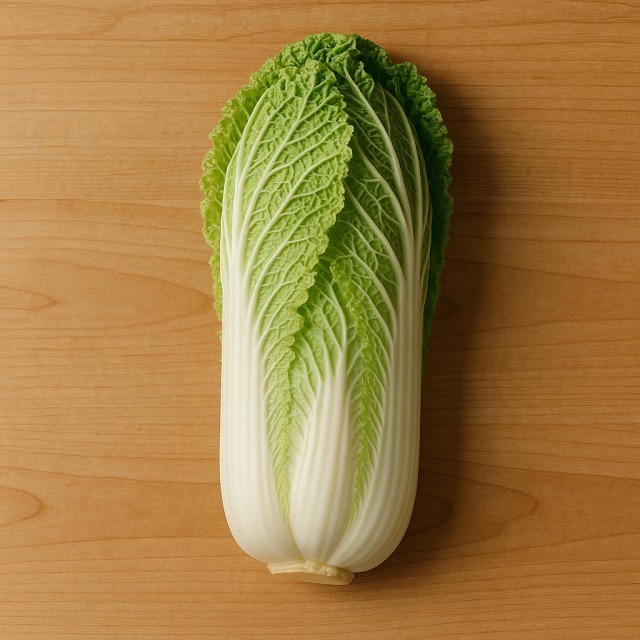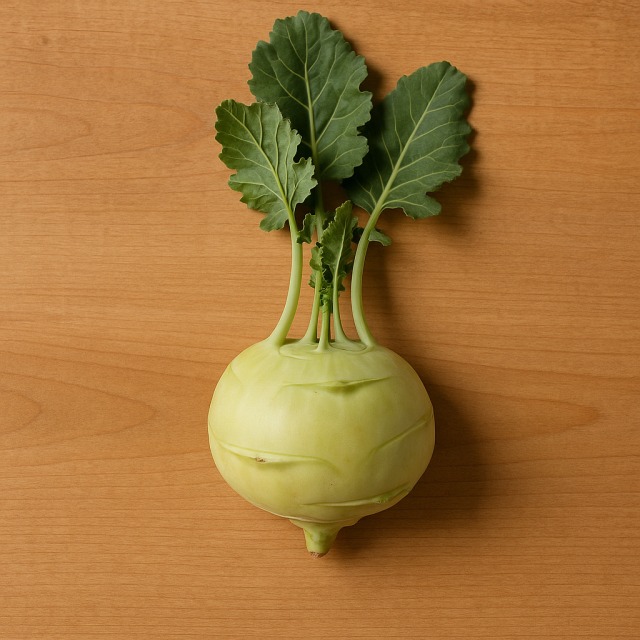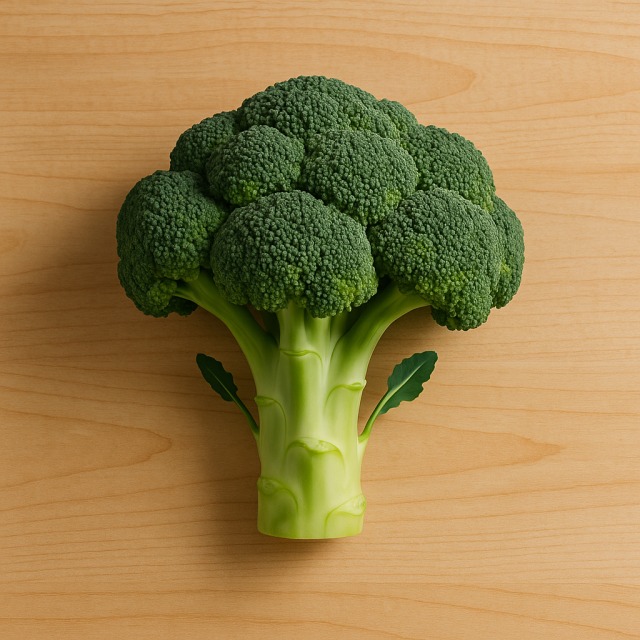Calorie Chart / Vegetables / Cauliflower
How Many Calories Are in Cauliflower?
Calculation of the nutritional value & Recommended Dietary Intake of cauliflower
For g and a calorie requirement of kcal
| Calories 40 kcal | Proteins 4 g | Lipids 0.4 g | Carbohydrates 5 g |
| 2% | 5% | 1% | 2% |
Health benefits of cauliflower

Cauliflower - 100g
Calories 20 kcal
Proteins 2 g
Lipids 0.2 g
Carbohydrates 2.5 g
Cauliflower is classified as a very low-calorie vegetable, making it popular with anyone watching their calorie intake during weight-loss or weight-maintenance plans. Despite its modest calorie content, it provides a remarkable dose of vitamin C, covering roughly half of the daily needs in a standard serving. This antioxidant vitamin contributes to immune support and helps protect cells from oxidative stress.
Another benefit, still with very few calories, is its contribution of vitamin K, folate (B9), and manganese. These micronutrients support normal blood clotting, red blood cell formation, and energy metabolism. Cauliflower also supplies sulforaphane and other glucosinolates, phytochemicals studied for their supposed, but still debated, chemoprotective effects. Thanks to its fiber, it promotes satiety without many calories, which is why dietitians often recommend it as a satiating side dish.
Historically, cauliflower traveled from the Eastern Mediterranean to France in the 16th century, where it earned its nickname "the white bouquet" and became a staple of winter cuisine. Whether you are counting calories for weight management or simply seeking variety, cauliflower offers volume and crunch for almost no calories.
Tips for incorporating cauliflower into a balanced diet
Because cauliflower adds texture and volume while contributing very few calories, it is the ideal base for a light meal. Try roasting florets with paprika and pairing them with a grilled fillet of salmon; you obtain high-quality protein without overshooting daily calories. For vegetarian diners, mix steamed cauliflower with quinoa, fresh herbs, and a yogurt dressing to build a nourishing bowl that still keeps calories in check.
Turn it into "cauliflower rice" by pulsing raw florets and sautéing them quickly: it mimics the mouthfeel of grains yet provides a fraction of their calories. Serve it under a spoonful of fragrant chicken curry with rice to replace part of the starch and reduce the overall calories of the dish. Another option is a gratin: swap out half of the béchamel for pureed cauliflower to lighten the calorie load while keeping creaminess.
If you crave comfort food, mix cauliflower with roasted broccoli and a sprinkle of grated Parmigiano before baking. The combined vegetables deliver color, fiber, and minimal calories, proving you do not need French fries to round out a plate. Finally, raw florets dipped in tzatziki make a crunchy snack that satisfies with hardly any calories.
Frequently Asked Questions
- How many calories are in cauliflower?
- 20 kcal per 100 g.
- Are cauliflower calories affected by boiling or steaming?
- The cooking method barely changes calories because only water is added; however, frying introduces oil and can double or triple calories.
- Does "cauliflower rice" really save calories compared with regular rice?
- Yes. A serving of cauliflower rice contains roughly one sixth of the calories found in the same weight of cooked rice, making it a smart swap for calorie control.
- Is cauliflower suitable for a low-calorie keto diet?
- Absolutely. Its low carbohydrates and minimal calories fit both ketogenic and general low-calorie plans, replacing higher-starch vegetables.
- How do cauliflower calories compare with broccoli calories?
- Broccoli is also low, but at about 34 kcal per 100 g it has slightly more calories than cauliflower, while offering a similar nutrient profile.
- What is the best way to lower calories in a cauliflower gratin?
- Use semi-skimmed milk, reduce cheese, and replace part of the béchamel with blended cauliflower; these tweaks can cut calories by nearly half.
Similar foods
Information provided by Calorie Menu may contain inaccuracies or errors. It cannot, under any circumstances, substitute medical advice or medication.










